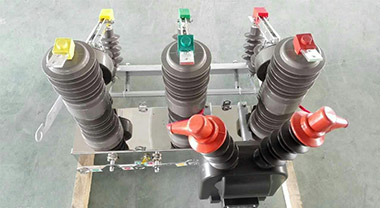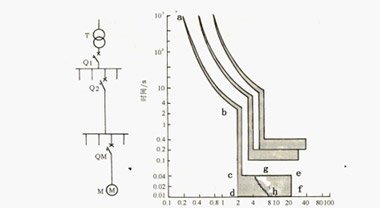7 principles for the selection of low-voltage circuit breakers
Low-voltage circuit breakers are also called automatic air switches or automatic air circuit breakers, or circuit breakers for short. It is an electrical appliance that not only has the function of a manual switch, but also can automatically protect against loss of voltage, undervoltage, overload, and short circuit. With the development of electrical technology, the performance of low-voltage circuit breakers has improved day by day, and has gradually realized intelligence, modularization and miniaturization, which has improved the reliability and safety of the power distribution system. However, in the process of using low-voltage circuit breakers, there are also some problems that are easy to ignore. These problems may cause unreasonable or wrong installation and use of circuit breakers. Not only can they fail to perform their control, measurement and protection functions, but there are certain hidden safety hazards. It reduces the reliability of equipment operation and poses a threat to the personal safety of users, and at the same time causes certain economic losses. How to select, install and use low-voltage circuit breakers reasonably is worthy of attention of electrical designers.
Selection principle of low-voltage circuit breaker:
- Determine the type and protection form of the circuit breaker according to the protection requirements of the line-determine the choice of frame type, device type or current limiting type.
- The rated voltage UN of the circuit breaker should be equal to or greater than the rated voltage of the protected circuit.
- The rated voltage of the undervoltage release of the circuit breaker should be equal to the rated voltage of the protected circuit.
- The rated current of the circuit breaker and the rated current of the overcurrent release should be greater than or equal to the calculated current of the protected circuit.
- The ultimate breaking capacity of the circuit breaker should be greater than the effective value of the maximum short-circuit current of the circuit.
- The protection characteristics of the upper and lower circuit breakers in the distribution line should be coordinated, and the lower protection characteristics should be located below the upper protection characteristics and do not intersect.
- The long-time tripping current of the circuit breaker should be less than the allowable continuous current of the wire.




